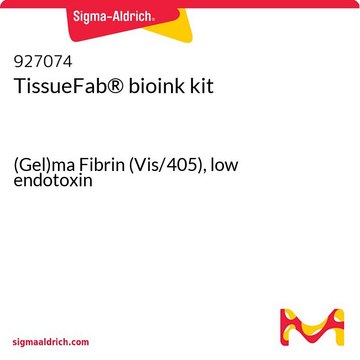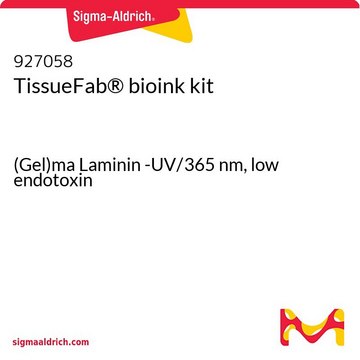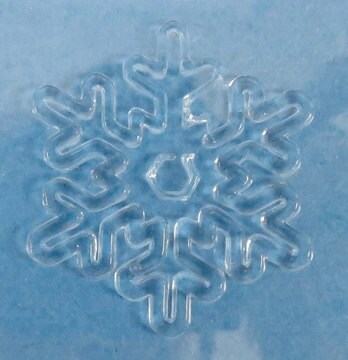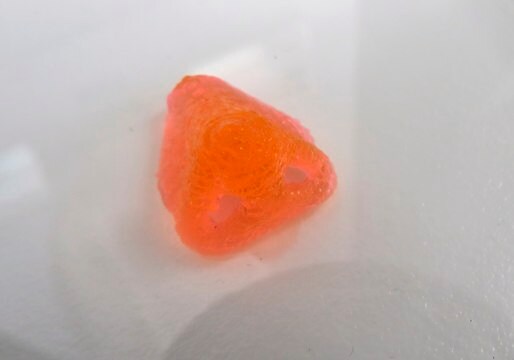926000
TissueFab® bioink kit
(Gel)ma Laminin -Vis/405 nm, low endotoxin
About This Item
Produits recommandés
Forme
viscous liquid (gel)
Taille
10 mL
Impuretés
<5 cfu/mL Bioburden
<50 EU/mL Endotoxin
Couleur
pale yellow to colorless
pH
6.5-7.5
Viscosité
3-30 cP
Application(s)
3D bioprinting
Température de stockage
−20°C
Vous recherchez des produits similaires ? Visite Guide de comparaison des produits
Catégories apparentées
Description générale
Application
Caractéristiques et avantages
Informations légales
Code de la classe de stockage
10 - Combustible liquids
Point d'éclair (°F)
Not applicable
Point d'éclair (°C)
Not applicable
Faites votre choix parmi les versions les plus récentes :
Certificats d'analyse (COA)
Désolés, nous n'avons pas de COA pour ce produit disponible en ligne pour le moment.
Si vous avez besoin d'assistance, veuillez contacter Service Clients
Déjà en possession de ce produit ?
Retrouvez la documentation relative aux produits que vous avez récemment achetés dans la Bibliothèque de documents.
Notre équipe de scientifiques dispose d'une expérience dans tous les secteurs de la recherche, notamment en sciences de la vie, science des matériaux, synthèse chimique, chromatographie, analyse et dans de nombreux autres domaines..
Contacter notre Service technique








